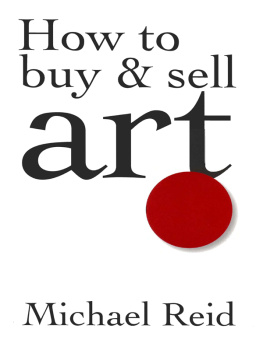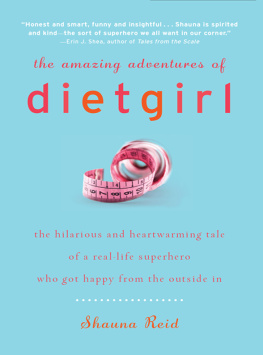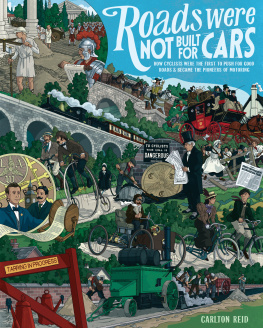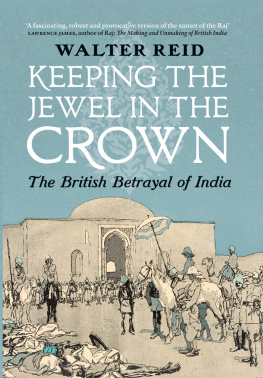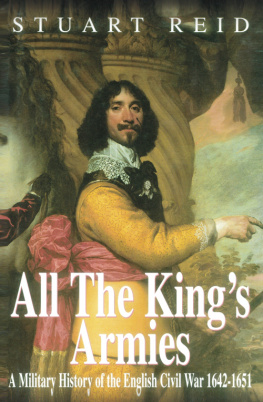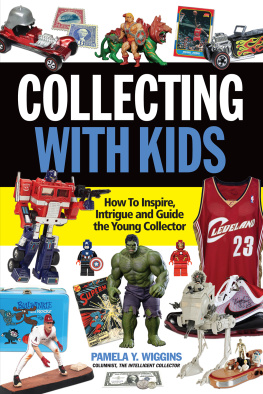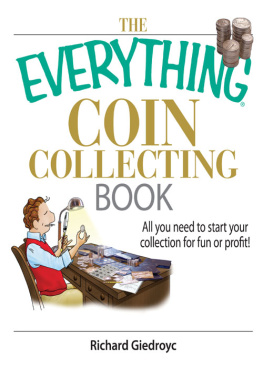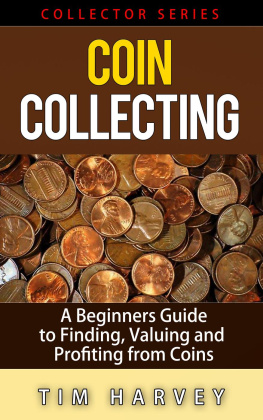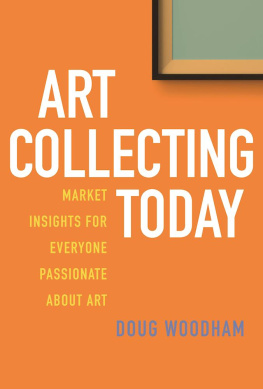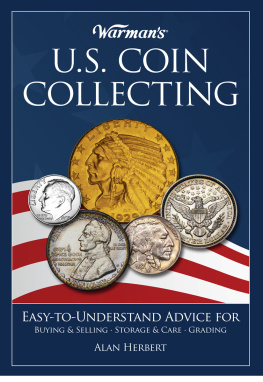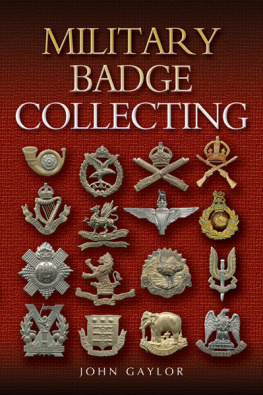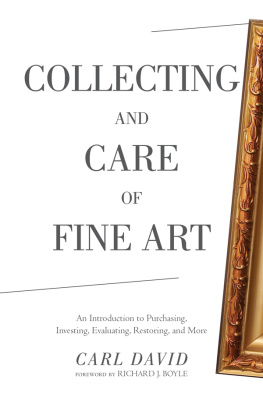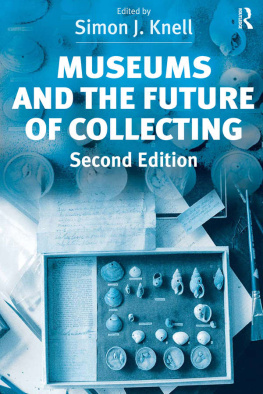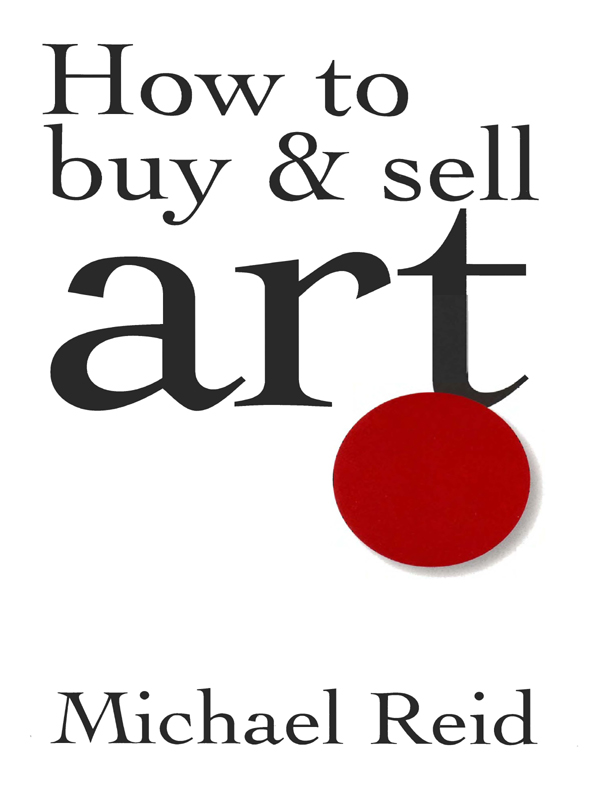
How to
buy & sell
art
How to
buy & sell
art
Michael Reid

First published in 2004
Copyright Michael Reid 2004
All rights reserved. No part of this book may be reproduced or transmitted in any form or by any means, electronic or mechanical, including photocopying, recording or by any information storage and retrieval system, without prior permission in writing from the publisher. The Australian Copyright Act 1968 (the Act) allows a maximum of one chapter or 10% of this book, whichever is the greater, to be photocopied by any educational institution for its educational purposes provided that the educational institution (or body that administers it) has given a remuneration notice to Copyright Agency Limited (CAL) under the Act.
Allen & Unwin
83 Alexander Street
Crows Nest NSW 2065
Australia
Phone: (61 2) 8425 0100
Fax: (61 2) 9906 2218
Email: info@allenandunwin.com
Web: www.allenandunwin.com
National Library of Australia
Cataloguing-in-Publication entry:
Reid, Michael, 1962 .
How to buy and sell art.
Includes index.
ISBN 1 74114 323 3.
1. Art as an investment. 2. Art Collectors and collecting Australia. I. Title.
332.630994
Set in 12/14 pt Cochin by Midland Typesetters, Victoria Printed by BPA
Print Group, Victoria
10 9 8 7 6 5 4 3 2 1
For Nellie Dawes, T-Bone our Jack Russell and
Lettuce the Kelpie
Contents
A fter a decade of arts industry experience with Christies London and Australia, culminating with the opening of a major representative office for Christies in Brisbane, Michael Reid has since the mid-1990s contributed weekly as Art Market Analyst to the business section of The Australian newspaper. Michael has obtained degrees in law (Sydney University) and arts (Melbourne University), a Master of Arts Administration (University of New South Wales) and two post-graduate diplomasone in fine art. Until recently, Michael lectured part-time at the College of Fine Arts, University of New South Wales in art history and theory and the art market.
Michael advises private and corporate clients on the formation of their art collections. He works as art adviser to Macquarie Bank, Private Bank; is on retainer to Citibank Private Bank to look after their art-related sponsorship, and undertakes work for UBS Wealth Management. Michael holds a number of important At Home art exhibitions each year, showcasing the work of significant Indigenous and non-Indigenous artists.
Michael appears regularly on 702 ABC radio and has recently co-authored a privately published book on one of Australias most significant private art collections. For his clients, Michael publishes a well-received biannual newsletter. Michael is an approved valuer under the Australian Governments Cultural Gifts and Bequests Programs, a member of the Law Society of New South Wales, Museums Australia, the Australiana Society and the Australian Decorative and Fine Arts Society, and he has recently applied for membership of the Australian Antique Dealers Association. During the early 1970s Michael wasfor one brief, shining momenta Milk Monitor at Narrandera Primary School.
Ph: 00 11 61 2 96993204
Email: michaelreid@ozemail.com.au
Web: www.michaelreid.com.au
B eauty demands possession. Whether owned by the individual, the community or the state, over time and across many cultures, significant artworks have always been jealously admired and controlled.
As part and parcel of our need to hold close and admire artworks, our understanding of art history and theory helps us to analyse the nature of beauty itselfthe first half of the equation. Our understanding of the art market helps us to analyse how beauty is controlled and distributedhow we possess. The two fields of art endeavour, I believe, fit hand in glove.
I highlight the interrelated fields of art understandingbetween art history and theory, and the art marketbecause, much to my continued amazement, many in the art world continue to squirm, twitch and become quite hostile when faced with any discussion relating to art and money. This aversion to discussing art business is a form of narrow-minded nineteenth-century snobbery about all things trade.
These considerable pockets of quasi-academic resistance give no truck to the notion that an investigation of the art market is a most helpful tool in understanding the life cycle of artits chain of distribution, from creation to current resting place. Nor do I recoil from the notion of art as a serious asset; art has always followed money.
An age-old tenet I have coined is the Medici Principle. The gravitational pull of art towards money can be dated to 1434 when the Italian Medici family of bankers, merchants and grand art patrons ruled Florence, spending lavishly on religious foundations while commissioning works for the family palace. The Medici wealth, based as it was on trade and not land, laid the foundation stone to the explosion of creativity we know as the Renaissance. A patrons creativity was shrewdly balanced by the artists understanding of the market. The Italian Renaissance painter Giorgio Vasari (15111574), commenting on his infamously talented colleague Giovanni Antonio Bazzi (14771549), stated his brush danced according to the tune of money. And so it has been since the beginning of currency.
Having championed the working of the art market for many years, I do so within the framework of stressing to would-be collectors the importance of understanding the story of art. It is most important that they read as many art reference books as the body can bear. No collector or would-be collector should be without the basics: Bernard Smith with Terry Smith, Australian Painting 17882000 (Oxford University Press, 2003); Mary Eagle and John Jones, The Story of Australian Art (the ICI Collection) (Pan Macmillan, 1996); Wally Caruana, Aboriginal Art (Thames & Hudson, 2003); Susan McCulloch, Contemporary Aboriginal Art (Allen & Unwin, 2001); and Alan and Susan McCulloch, The Encyclopedia of Australian Art (Allen & Unwin, 1994).
If the art academics attitude block to any knowledge of the art market were in itself benign, it would be easily dismissed as reactionary. However, when many business-averse art curators dismiss the centrality of trade on one hand, yet direct significant taxpayer art acquisitions budgets on the other, it becomes a serious problem. Invariably those that disdain the market, yet buy in the market, do so poorly. Many art museums have vast Indiana Jones-style warehouses full of art curators never-to-see-the-light-of-day-again art buying mistakes. Given the sheer volume of these buying mistakes, it is far from surprising that we dont have many public art museums throw open their doors to allow the public to tour their treasure stores. As was said in a series of Australian Football League advertisements: I would like to see that.
I am dyslexic. I find writing neither easy nor enjoyable. I write to earn money. Not unsurprisingly, I greatly prefer the cut and thrust of art dealing, the selling and buying of paintings, to the tortured process of putting my thoughts on paper. However, in a spooky Stockholm Effect kind of waywhere you fall in love with your captorI have for the last eight years been fortunate to write as art market analyst for The Australian newspaper. The News Corporation building in Surry Hills, Sydney, contains many hardworking, talented people and I am privileged (as one who struggles with the written word) to have been helped along with my ideas and writing by some of the best. I would like to thank my
Next page
